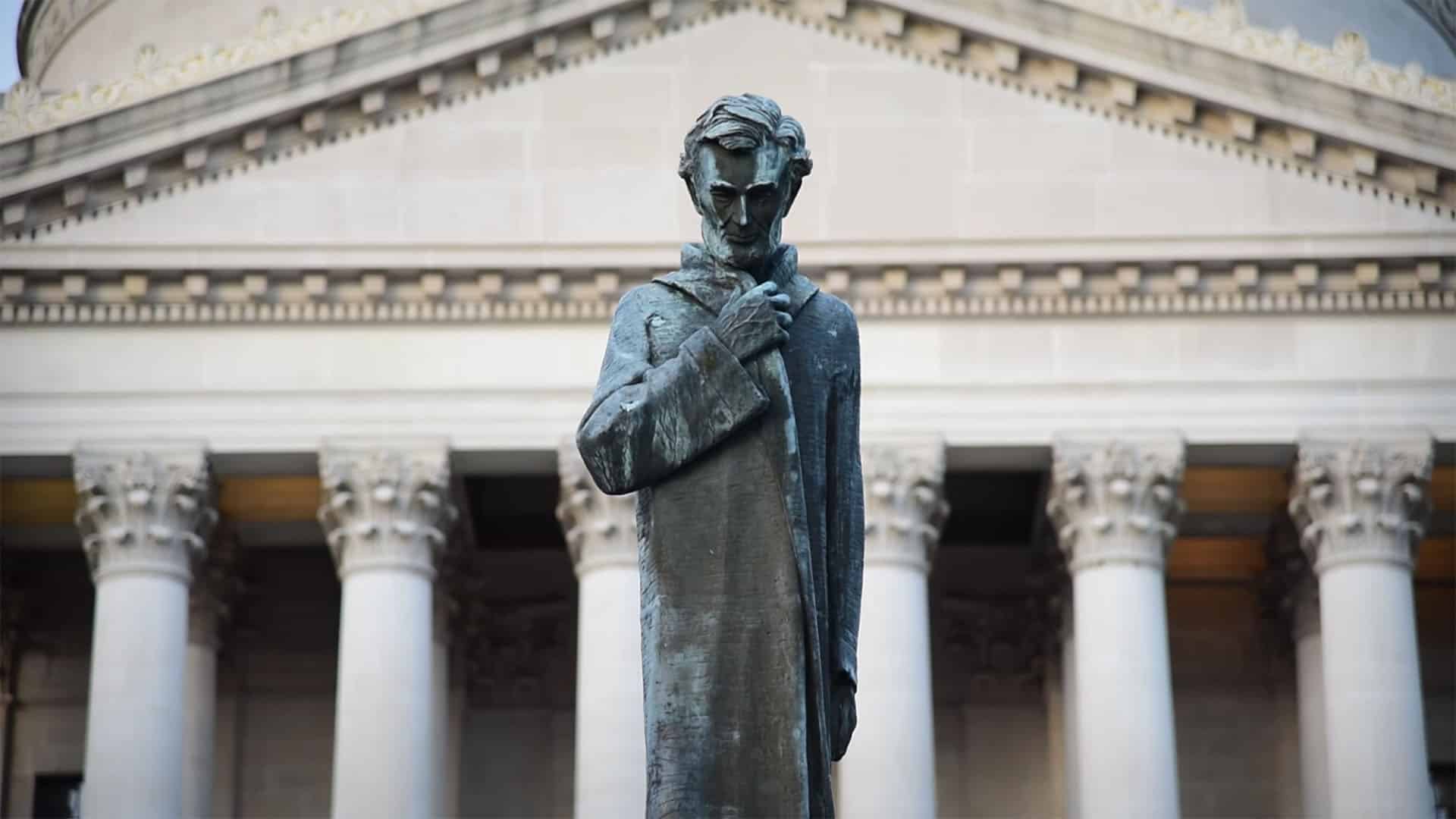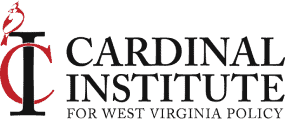Increasing Teacher Retirement Costs Cut Into Resources Available In Classrooms

FOR IMMEDIATE RELEASE
DATE: December 10th, 2021
FOR MORE INFORMATION CONTACT
Amanda Kieffer, Communications Director at Cardinal Institute for WV Policy
PHONE: (304)-541-9551 EMAIL: [email protected]
Increasing Teacher Retirement Costs Cut Into Resources Available In Classrooms
Charleston, W. Va.—The Cardinal Institute for West Virginia Policy published a new paper researching teacher pensions in West Virginia. The COVID-19 pandemic has tested the resiliency of schools across the country and exposed a growing desire of students, parents, and teachers for more flexibility in how education is delivered. The Hope Scholarship was created in West Virginia in response to these demands and is leading the country in a movement toward greater customizability in education.
However, public schools are still an important piece of West Virginia’s education ecosystem, and understanding the impact the retirement system has on public schools, teachers in those schools, and students served by those schools is important to continuing to improve education outcomes in the Mountain State.
The paper examines the history of West Virginia’s Teacher’s Retirement System (TRS), the difference between defined benefits and defined contribution plans, the funding status and trends for TRS, how benefits accrue, and recommendations for pension reform.
“We felt it was important to examine some long-term trends within the Teachers’ Retirement System (TRS) for a few reasons: 1) disincentivizing effects on teachers at different points in their career, especially those first entering the system, 2) available money flowing directly into the classroom, and 3) potential effects on future taxpayers,” said Garrett Ballengee, executive director of the Cardinal Institute. “West Virginia has done an admirable job in paying down the unfunded liabilities facing the TRS, but there are still some potential long-term issues.”
“As West Virginia continue to discuss teachers’ pay, retirement benefits, and the distribution of retirement benefits amongst teachers, it is critical to have a more complete picture of what’s going on within this complex system. Taxpayer resources are finite, so this conversation deserved a deeper dive than what has been provided up to now. We are happy to offer some solutions so we can stave off any future funding crisis.”
Some notable findings in the paper:
- Although funding has improved over the last three decades, retirement costs have increased. Between FY 2000 and FY 2019, the total cost of the plan increased from 23.9 percent of payroll to 31.3 percent.
- Increasing retirement costs cut into resources available for classrooms. In FY 2000, employer costs in real (inflation-adjusted) dollars were $1,170 per pupil. This cost represented 11 percent of current expenditures per pupil for West Virginia public schools. Employer costs per pupil increased by 34 percent in FY 2019 to $1,564 per student, or 13 percent of resources directed towards public school classrooms.
About the Cardinal Institute
The Cardinal Institute for West Virginia Policy, Inc. is a 501(c)(3) non-profit founded in September 2014 dedicated to research, develop, and communicate effective free market economic public policies for West Virginia.
###

